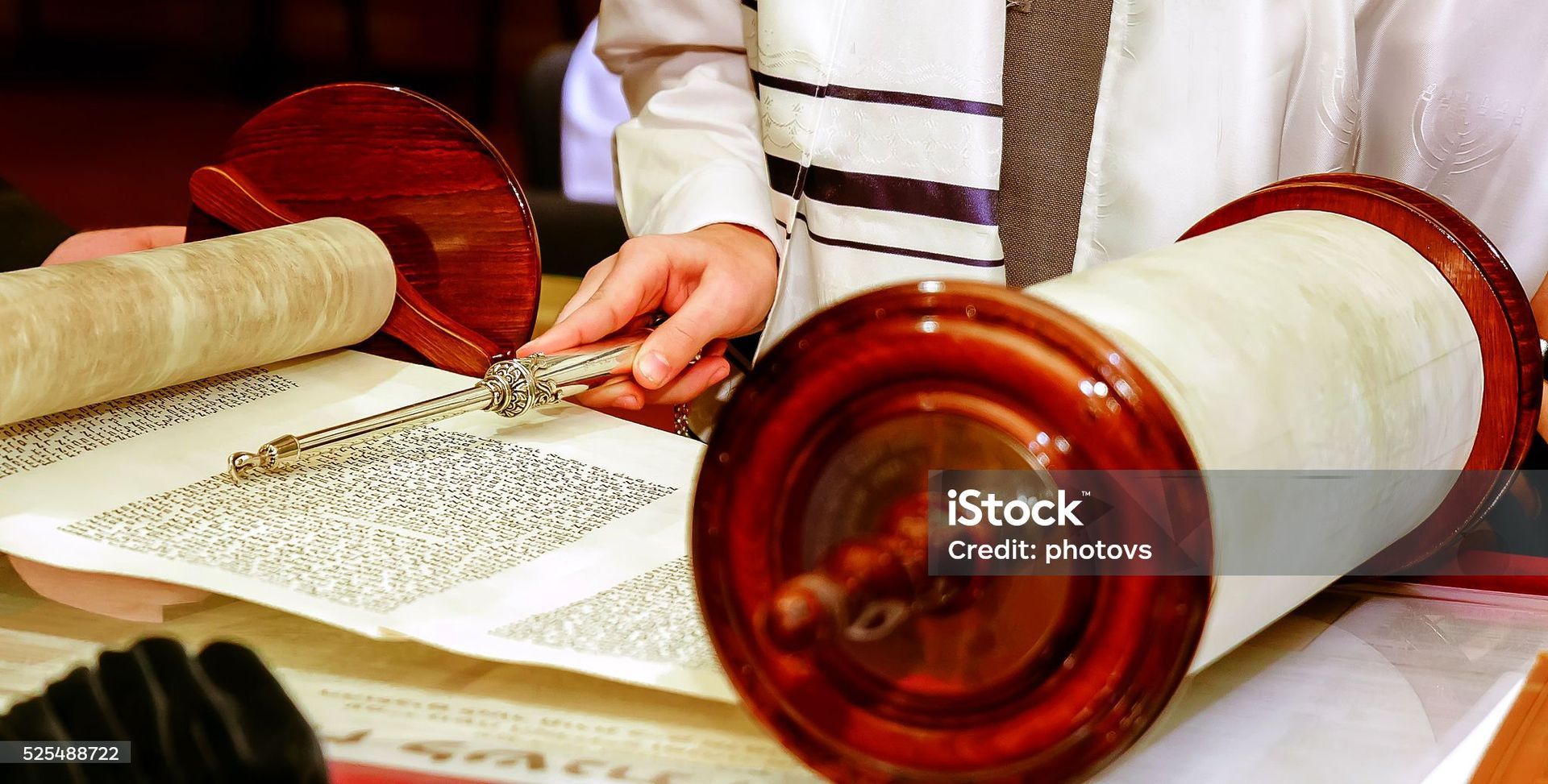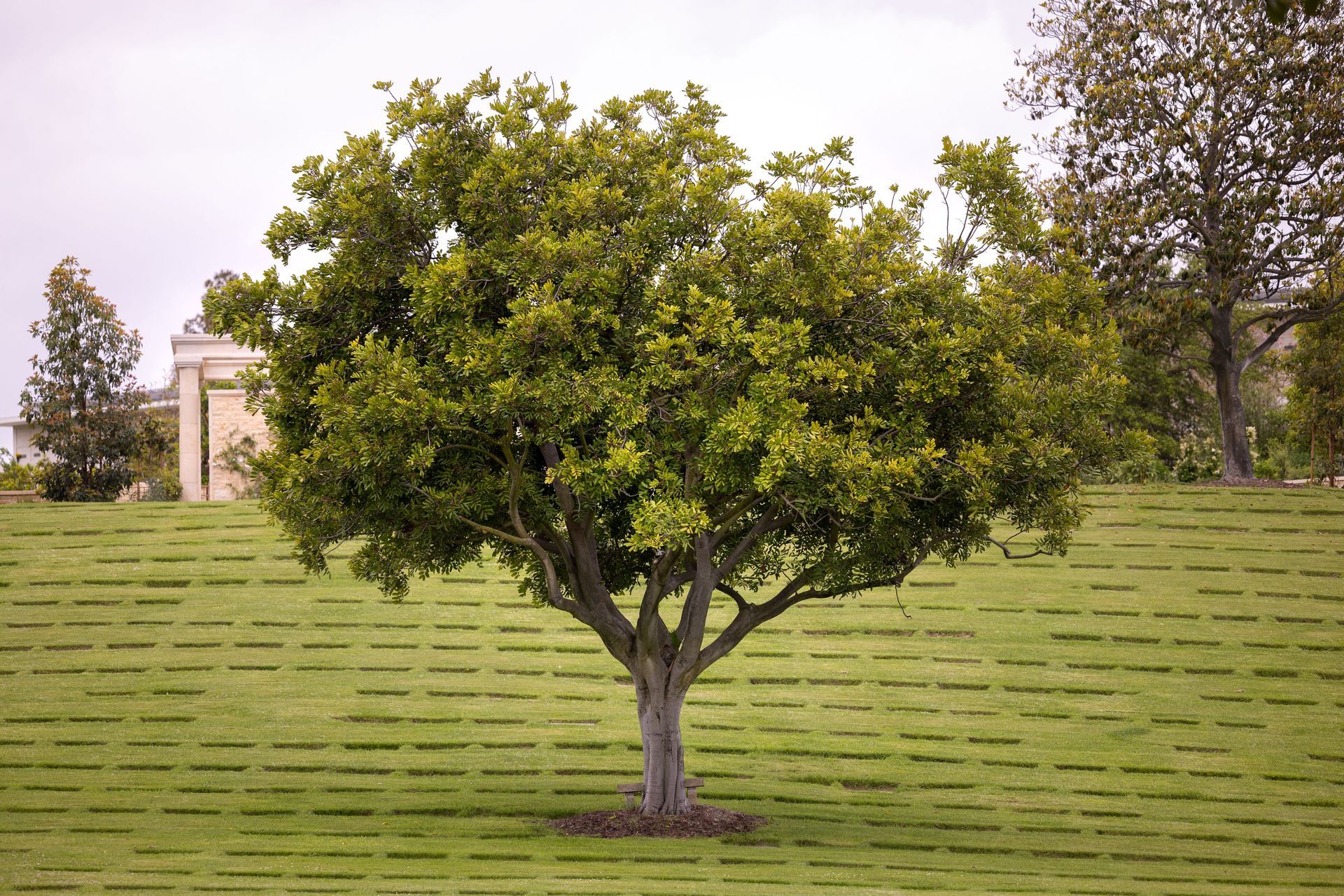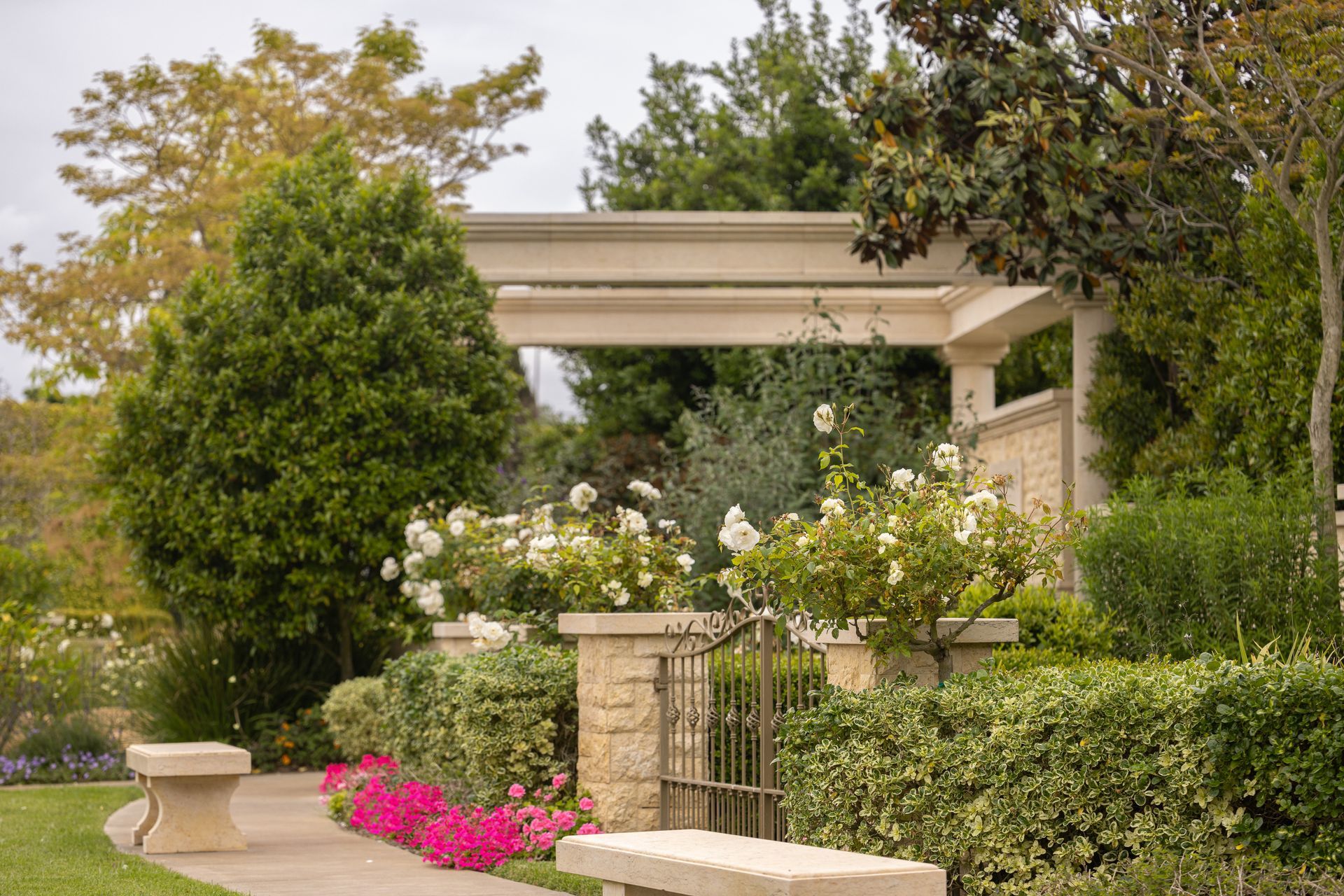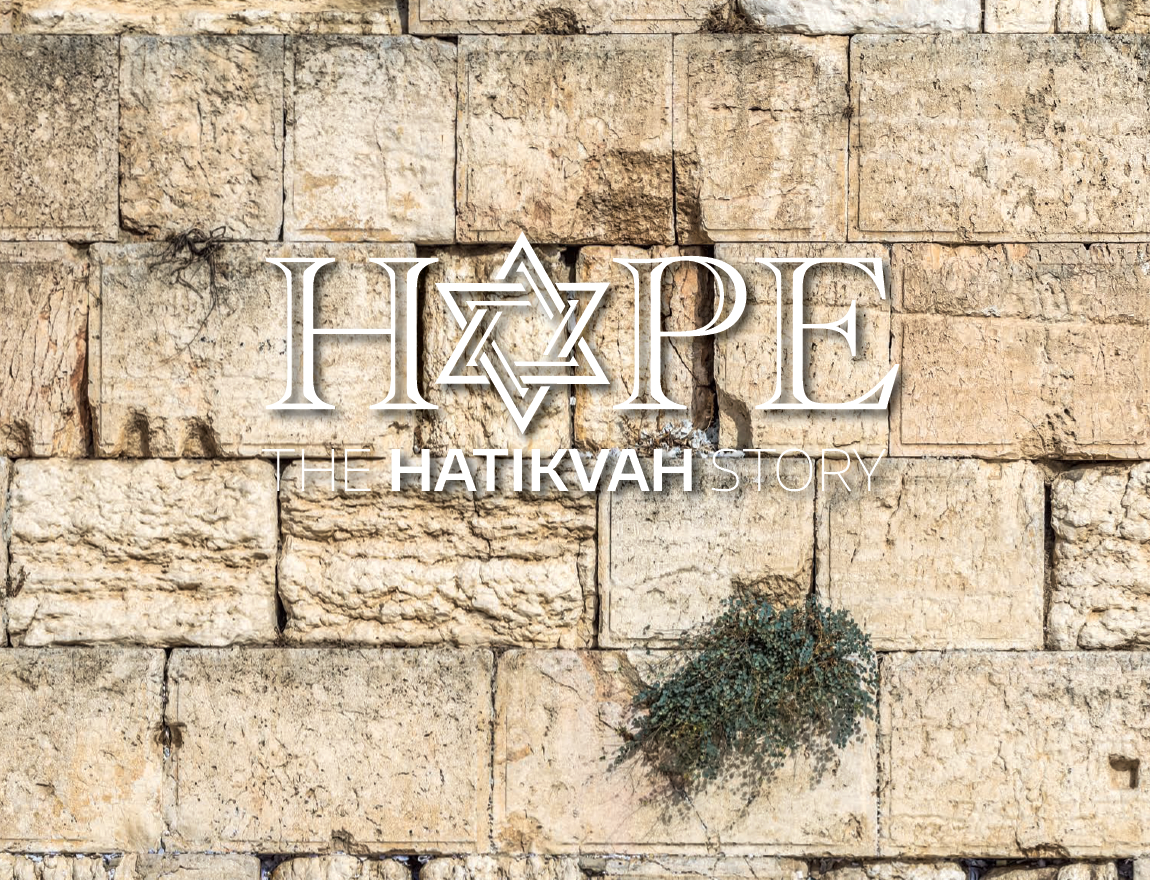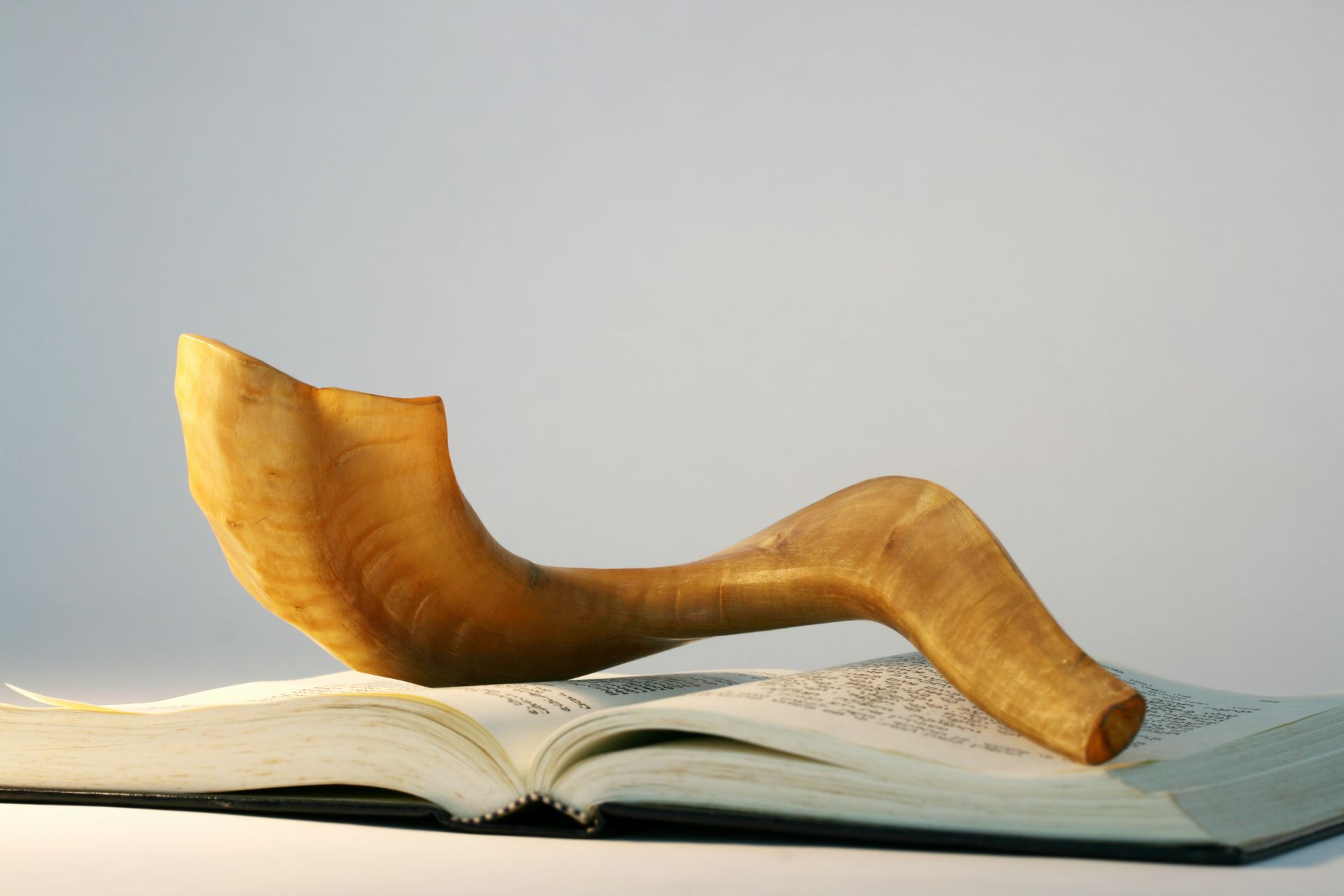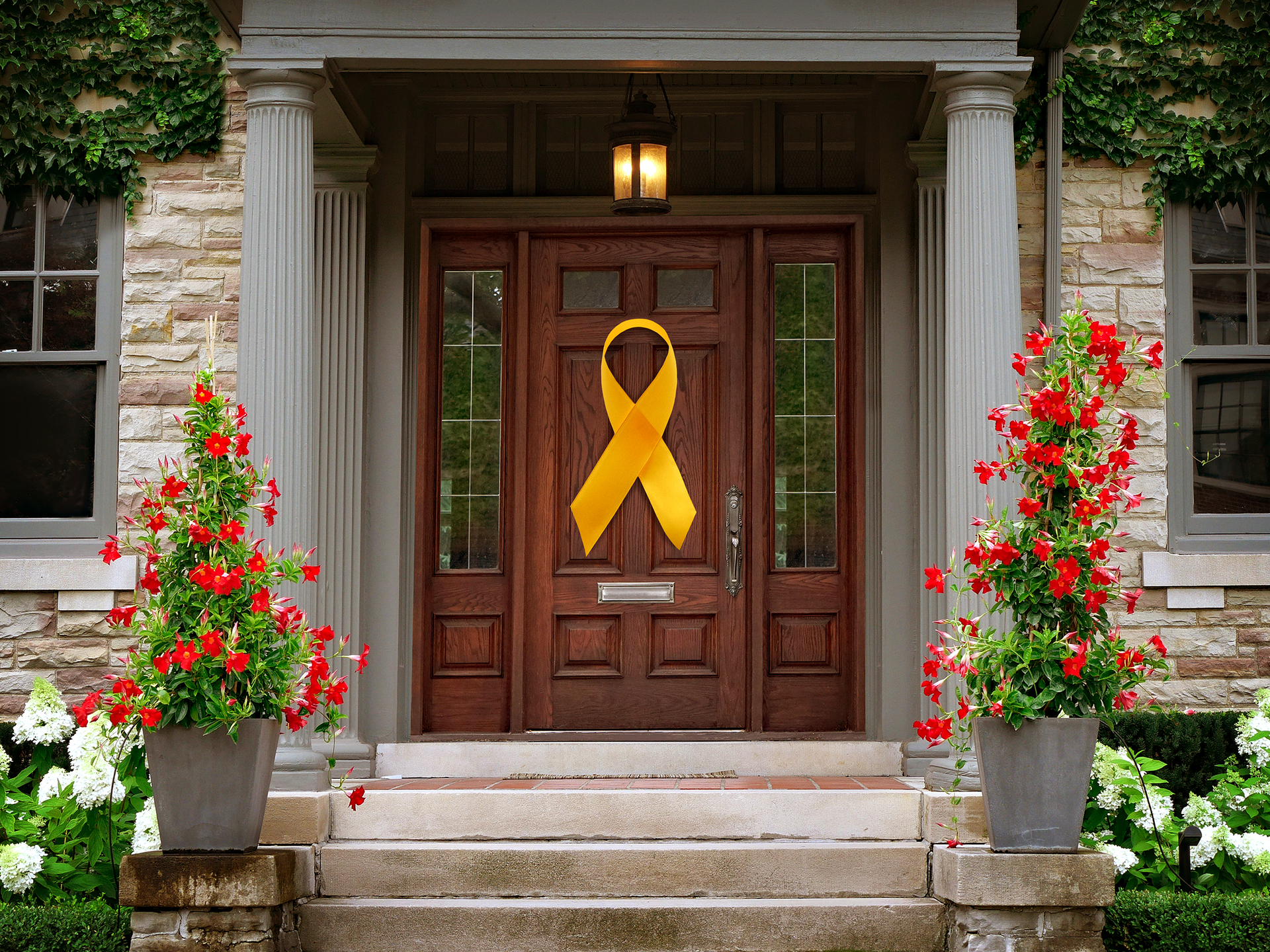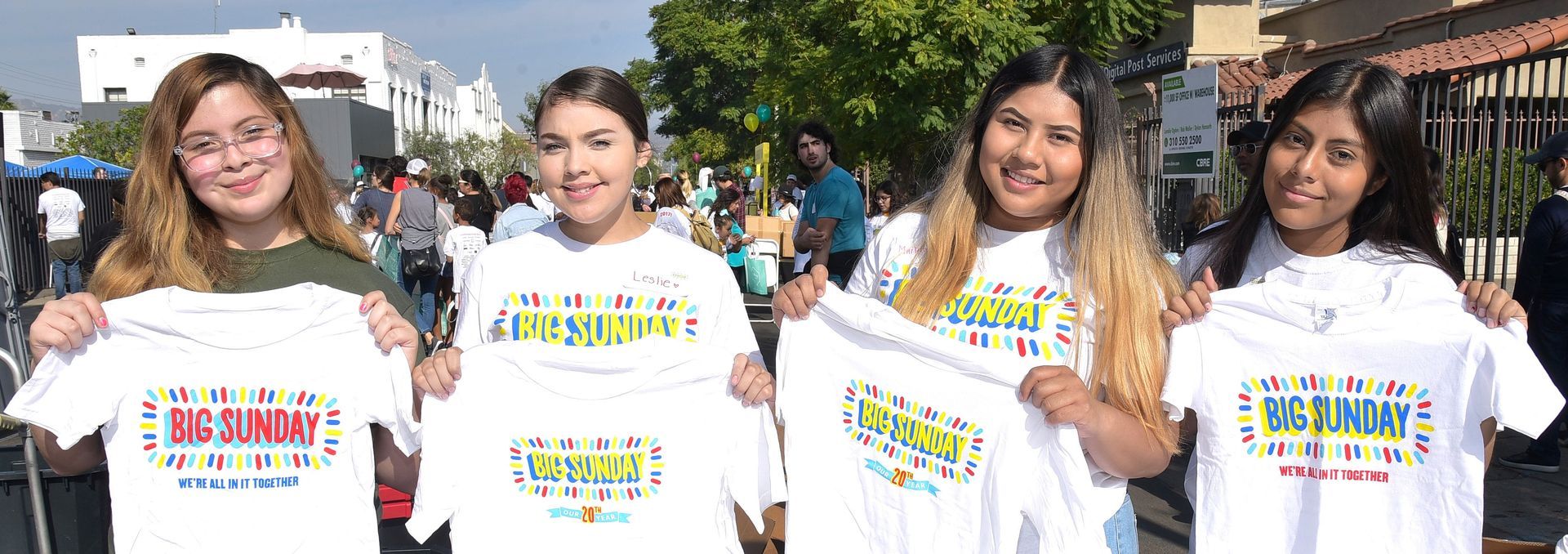Why Do the Dates of Jewish Holidays Change Every Year?

As the Jewish community prepares to welcome the year 5786, you may find yourself double-checking your calendar and asking a familiar question:
“Wait, wasn’t Rosh Hashanah in September last year?”
The short answer? It was. And it will be again… just not on the exact same Gregorian date.
At Hillside Memorial Park and Mortuary, we understand how sacred time is in Jewish life. It guides how we remember, how we mourn, and how we celebrate. As we approach the High Holy Days, we wanted to share a brief explanation of why Jewish holidays “move” each year and why, in reality, they don’t.
The Jewish Calendar: Same Same but Different
The key to understanding the shifting dates is remembering that the Jewish calendar is a lunar calendar. That is, it’s based on the cycles of the moon, not the sun. While the Gregorian calendar used in everyday life is solar (365 days, give or take a leap year), the Jewish calendar counts months that begin with each new moon, making them about 29 or 30 days long.
Twelve lunar months add up to about 354 days: 11 days shorter than the solar year. That difference might not seem like much, but over time, it would throw the holidays completely out of sync with the seasons. Passover, which must fall in spring, would slowly migrate through winter, fall, and summer.
To solve this, Jewish tradition adds a leap month: a second month of Adar seven times every 19 years. This complex system keeps the calendar aligned with both the moon and the seasons, ensuring holidays stay rooted in their traditional contexts.
A favorite joke captures the spirit of this calendar confusion:
"When is Chanukah this year?"
"Same as always—the 25th of
Kislev!"
Indeed, Jewish holidays always fall on the same date on the Jewish calendar, but since that calendar shifts in relation to the Gregorian one, holidays appear to “move” from year to year.
Sacred Mathematics and Ancient Intent
Today, we rely on calendars, algorithms, and smartphone reminders to track these changes. But in ancient times, the Sanhedrin would declare the start of a new month after reliable witnesses observed the new moon. It was a communal, spiritual, and even judicial act to mark time in accordance with sacred rhythm.
Later, in the 4th century CE, Hillel II introduced a mathematically fixed calendar system that we still follow today. This calendar even accounts for practical concerns—such as ensuring Yom Kippur doesn’t fall too close to Shabbat, or that Hoshanah Rabbah doesn’t land on a Saturday, which would interfere with its observance.
One Calendar, Many “New Years”
Interestingly, while Nissan is considered the first month of the Jewish calendar (because Passover commemorates the beginning of Jewish freedom), the New Year itself—Rosh Hashanah—falls in Tishri, the seventh month. This mirrors the way many secular calendars work: the fiscal year might start in July, the academic year in August or September, and the Gregorian year in January.
So as we look forward to the High Holy Days and the start of 5786 this Tishri, it’s worth remembering that the Jewish calendar doesn’t drift—it dances. It reflects a deep reverence for both cosmic cycles and practical life, just as our traditions ask us to honor the past while embracing renewal.
At Hillside Memorial Park and Mortuary, we are proud to uphold these sacred traditions and rhythms as we support our community through every season of life.
Shana Tova. May the year 5786 bring you sweetness, peace, and meaning.
As we enter this new year, we are pleased to provide you with a complimentary Jewish calendar for 5786. Hillside’s calendar will help you observe Jewish holidays, follow the weekly parshah, keep track of candle lighting times, and honor other important traditions throughout the year.

